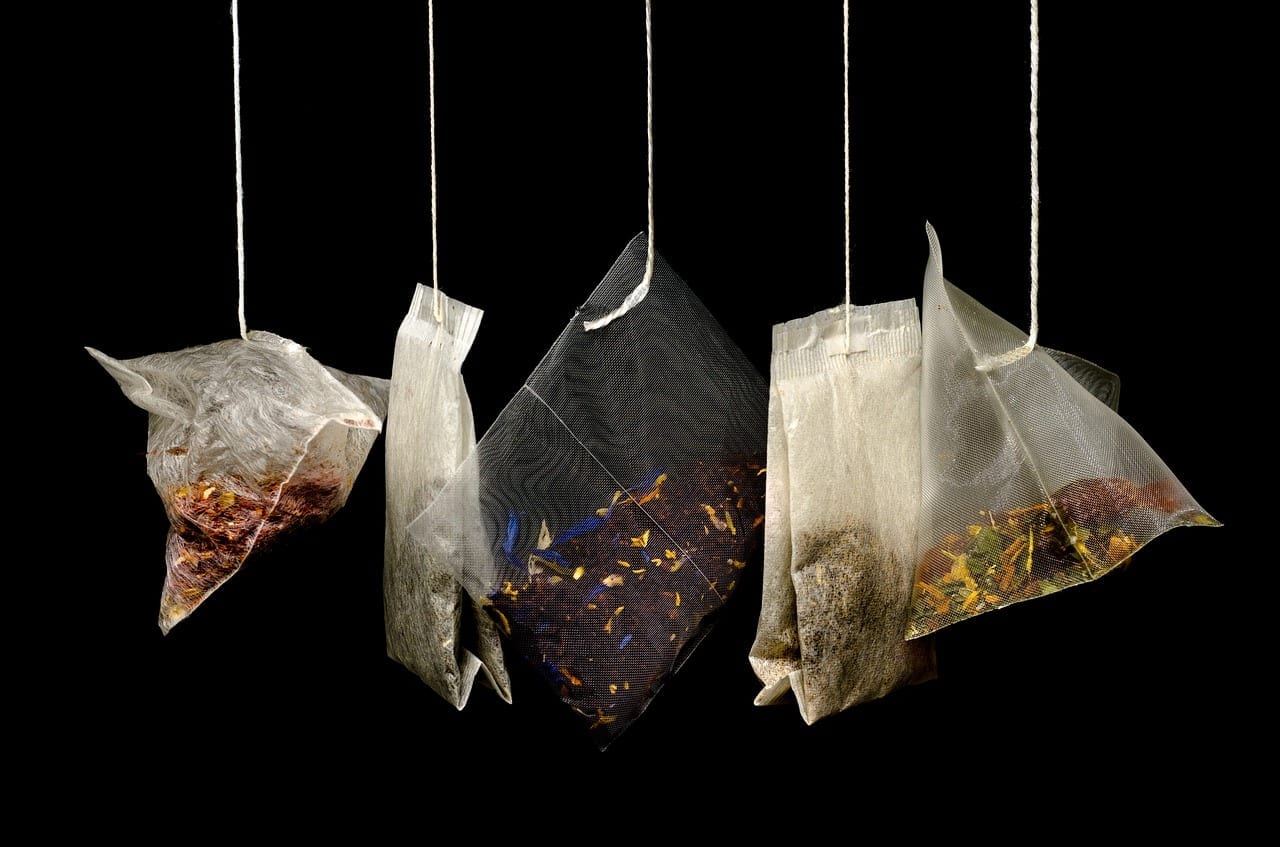Take one infusion at any time of the day is one of the most common daily tasks, always looking for the Health benefits they have natural spices. But what, until now, has been a completely healthy drink, might not be so, according to a study by la McGill University of Montreal (Canada). It has been found that tea bags release millions of particles of microplastics when heated, in amounts much higher than those found in other foods or beverages. However, ingesting these materials imperceptible to the human eye does not pose a threat to health. At the moment, it is unknown if there are harmful effects. Learn more here.
Process, analysis and conclusion about tea bags
The study has been developed in the University Chemical Engineering Department McGill from Montreal (Canada) to find an answer to the growing concern about plastics in food. This is a matter of global concern and more and more companies are trying to replace them with other materials. It is the case of tea bagsé, although there are still many brands that maintain the polypropylene. It is a material heat-resistant, which guarantees the sealing and consistency of the mentioned bags. In this way, it is possible to infusion without danger decomposition on contact with hot water.
Despite that it is not a novelty (It has been known for a long time), if the suspicion that some plastics migrate into the drink during that process. Therefore, this research has corroborated this hypothesis, after analyzing four varieties of tea commercial with different bags, but with plastic. After emptying and washing the tea bags, they heated them simulating the traditional infusion. There they realized that a single unit released 11.600 billion particles of microplastics and 3.100 of nanoplastics. Much more than the levels found in other products such as salt, water bottled or freshwater fish.

But that's not all, as the experts also wanted to find out if there was a health risk drinking the drink with that huge amount of plastic material. On water fleas, analyzed the reactions of these planktonic crustaceans when drinking that water and detected anatomical abnormalities and even behavior. Worrying, although it is necessary to continue investigating to really know if there is a risk or not for our health. Will they end up completely disappearing from the market tea bags? What materials will be used to replace the polypropylene?







